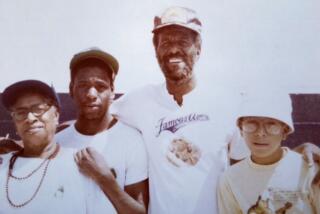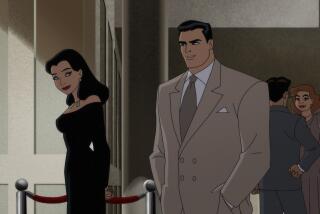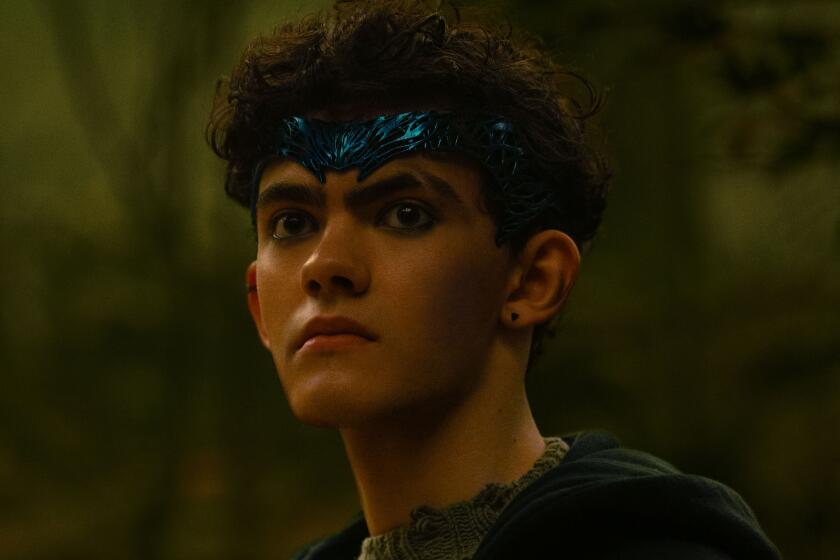Appreciation: How Batman legend Neal Adams helped change the way comic book artists can make money
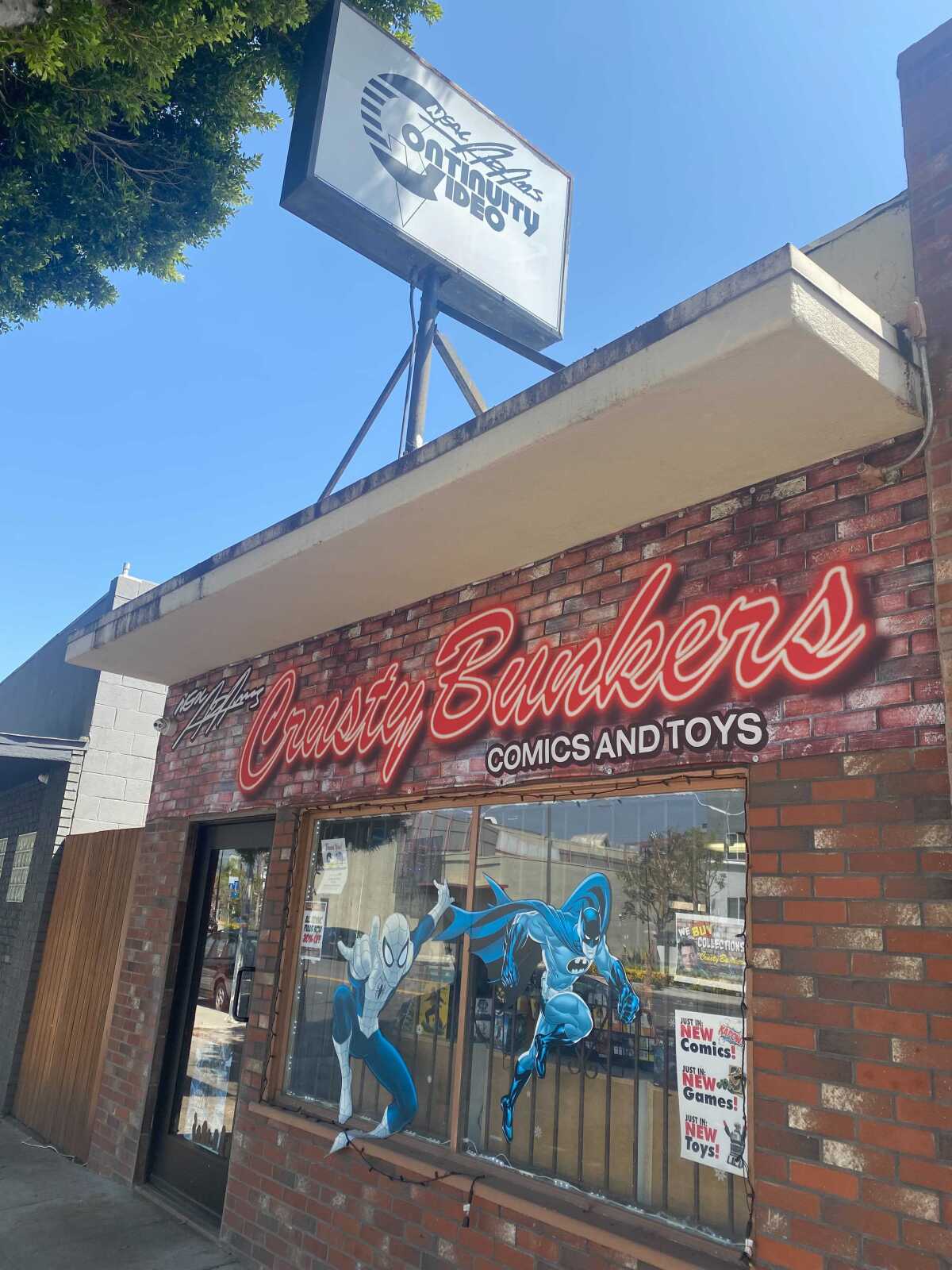
At Burbank’s Neal Adams Crusty Bunkers Comics and Toys over the weekend, a somber mood hung over the racks and shelves of colorful comic book covers, action figures and signed original art. The owner and namesake, an iconic name in the industry, had died a day ago and fans stopped in to pay their respects and admire his work.
Crusty Bunkers has on display copies of a rare special edition ESPN magazine from 1999, which is itself a homage to DC’s 1978 “Superman vs. Muhammad Ali,” one of Adams’ most iconic comics and a personal favorite of his. The magazine cover features an illustration by Adams of Muhammad Ali and Michael Jordan squaring off in a boxing ring. It’s a riff on the comic book’s iconic wraparound cover that managed to incorporate the faces of 172 celebrities of the ‘70s, including Sonny & Cher and President Jimmy Carter. Adams’ illustrations help deliver the message that when the playing field is leveled, things can happen that you might not believe are possible.
It’s a message that Adams’ son, Joel, understands. The younger Adams, an accomplished artist in his own right, manages the Burbank store. Based in Southern California, Joel worked on character design for Fox’s “King of the Hill” and an animated Hulk series.
His father, a superstar in the comics industry since the 1960s, was known to use his voice and position to push for change. On the page, he co-created one of DC’s first black superheroes — John Stewart, a Green Lantern of Earth. He fought for creators’ rights, including artists retaining their original artwork. One of his earliest campaigns was supporting Superman creators Jerry Siegel and Joe Shuster in their battle with DC Comics, which eventually led to a 1975 agreement in which Siegel and Shuster would receive credit and pensions.
Adams was a multilayered man who pushed for the Auschwitz Museum to return paintings made by Holocaust survivor Dina Babbitt. He was known for his theories about Earth’s expansion, which he put into a Batman story, “Batman: Odyssey.” He also opened his own art studio in 1971 and began publishing a line of comics in the 1980s.
Joel spoke with The Times about his dad’s cultural impact and lasting legacy in the industry.
Besides his art in general, what do you think your dad would be most proud of?
There’s so much. I mean, he revolutionized the comic book industry. He reinvented Batman. He took chances that other people weren’t taking, and he wasn’t afraid to do it. He stood up for injustices in the industry. He was a living legend. I couldn’t put my finger on any one thing.
People outside of comics may not realize that he was an activist in general, not just for the comic book industry. He had a big role in Holocaust activism as well.
Absolutely. He worked with a lot of people on that, including helping Dina Babbitt get back work that was held onto by the Nazis. He would find his things, and if his voice could help, he would use it.
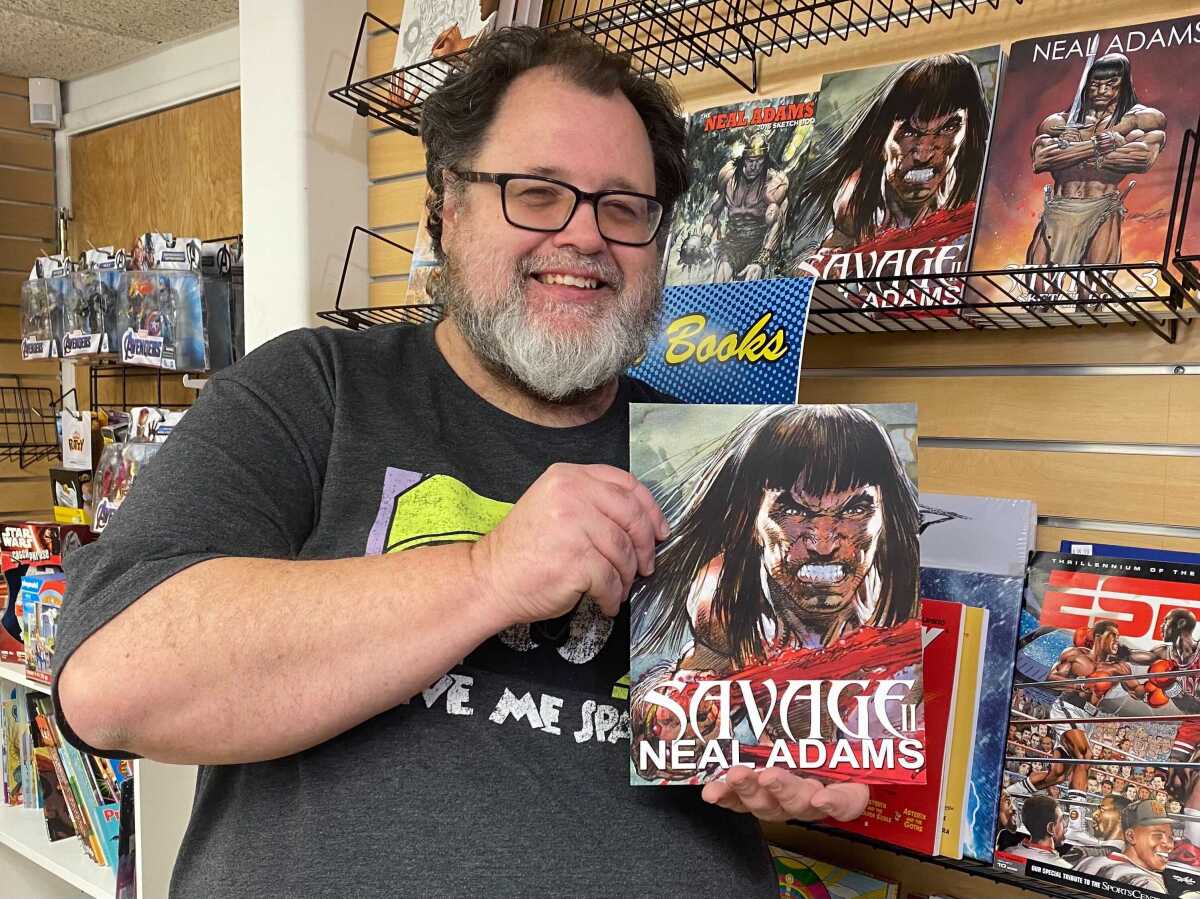
The original art market is a huge deal now. He also helped open doors in that marketplace. How did he make that possible?
All of these artists that have work to sell, he had a lot to do with that. Unfortunately, Neal was a victim of that, too, cause a lot of his artwork disappeared. Before he got a return, there were people just taking them. They would just sit on the shelves over at DC or Marvel Comics and some people would walk in and just throw it in a portfolio. Nobody cared. Publishers would just give them away as gifts to people who came in the place.
That’s why Neal tells the story that he walked into the production office of — I think it was DC Comics — and he saw the paper cutter shredding pages, he said to him “What are you doing?” The guy said, “Well, we have to make room for other stuff so I’m shredding old pages.” Neal said, “Don’t do that. I’m going to go talk to somebody.” And when Neal started to walk out of the room, the guy continued to shred pages. Neal turned and said “I’m going to say this a different way. If you destroy another page while I’m gone, I’m going to punch you in the face.” And that’s sort of what began Neal getting all his art. He just said to them, “You don’t own this artwork. You own the reproduction rights to it, but you don’t own the original.”
It ended up going to court, and it sort of came down to a sales tax thing. He managed to turn that whole thing around and get everybody their art back. And now there’s artists out there that are making lots of money selling their own pages that they may not [have been able to do] in the past.
He did that for the Siegel and Shuster case, as well.
Yes. And that was interesting because [they] actually lost that battle in court. The court upheld the DC contract, so what Neal did was as soon as they walked out of it, [he] opened up the doors to a press conference and introduced the world to Jerry Siegel and Joe Shuster and told the world their story. Not a courtroom, but the world, and then bad press on DC Comics [led to them] making an offer. In a nutshell.
He’s my dad, so to me he’s Dad, but I see him for the legend that he was too. No matter what I do in my life, I’ll never fill those shoes.
More to Read
The biggest entertainment stories
Get our big stories about Hollywood, film, television, music, arts, culture and more right in your inbox as soon as they publish.
You may occasionally receive promotional content from the Los Angeles Times.

